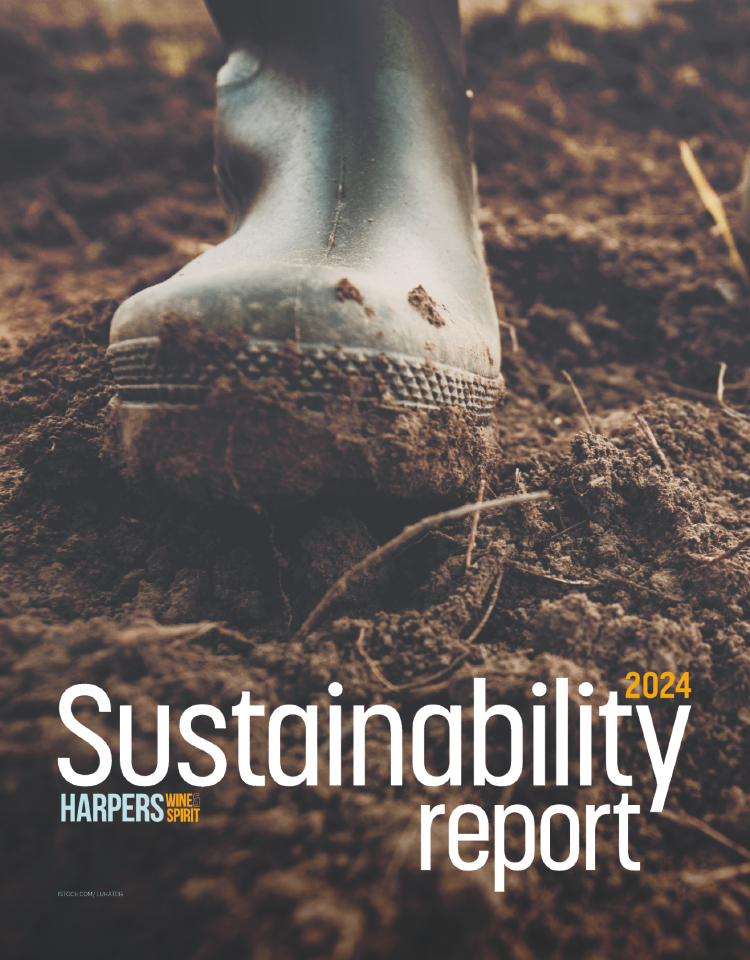A compound reaction
An article on volatile sulfur compounds in wine isn't likely to turn many heads. In truth, it's the sort of topic that is filed away as worthy but dull', and only ever gets read by people who are swotting up for their diploma or MW and is then promptly forgotten. Aware of this, I'm willing to strike a deal with readers: if I try my best to cover this otherwise fiercely dull and technical wine science piece in a manner that is both readable and doesn't require any specialist science knowledge, will you try to venture below the first paragraph
We have to be careful, however, not to overstate the potential threat caused by mercaptans in wines that are sealed by ultra-low-permeability closures such as tin-lined screwcaps. The extent of screwcap reduction is currently unclear. It seems that there are some things that winemakers can do to miminise its occurrence, even if, as Limmer asserts, it can't be avoided altogether. The IWC data indicating that 2.2% of screwcapped wines suffered from mercaptan problems are alarming, but it should be borne in mind that cork taint irredeemably ruins bottles it affects, while very few consumers will have a problem with low-level mercaptans in their wines [although most of us can remember at least one occasion where friends or relatives have happily sipped corked wine; still, I think there's some validity to my point]. I doubt that most of the wine trade would spot this as a problem in all but the most extreme cases, so it is unfair to equate it with the very well-recognised problem of cork taint. Having said this, though, screwcap-sealed wines affected by mercaptans should be a major concern for winemakers because the closure is modifying the flavour of the wine, which is emphatically not reaching the consumer 'the way the winemaker intended'. It would be dangerously complacent for the industry to take the view that if the consumer doesn't notice it, then it doesn't matter.
Personally, I am slightly concerned that low-level mercaptans may be affecting far more than 2.2% of wines sealed with screwcaps. 'They impact from an organoleptic perspective towards the end of the palate', claims Limmer, 'imparting a "mineral" or bitter/hard/astringent aspect. This has the appearance of shortening or closing up the palate, so the wine does not display a fine fresh long finish, but ends abruptly, and somewhat harshly.' This is describing something I've certainly noticed in side-by-side comparisons of cork and screwcap-sealed wines. Is it happening all the time, but going more or less undetected?
Gregor Christie of membrane cork company ProCork has been concerned enough about this problem that he has sent off wines for testing at ETS laboratories in California. Clearly, Christie has a commercial imperative for showing that ProCork is superior to tin-lined screwcaps in this regard, but even given this motivation, the results are interesting. Christie took the 2002 Clare Valley Semillon used in the commercial closure trial run by the AWRI, comparing ProCork with natural cork and screwcap, and submitted bottles sealed with all three closures to ETS for testing for a range of volatile sulfur compounds. For methyl mercaptan, which has a perception threshold of 0.3 parts per billion (ppb), both the cork- and ProCork-sealed bottles were below detection limit. However, the screwcapped bottle showed a level of 0.6 ppb, above perception threshold.
But a sense of perspective is called for here. There's a real danger that the message that is distilled by journalists from all this technical talk becomes a misleading 'screwcaps taint wine' story. The picture emerging is a complex one, but such a simplification would be dangerous if it caused producers to back away from adopting alternative closure solutions, which would then have the knock-on effect of removing any incentive from the cork industry to put its house in order and do all it can to reduce taint levels. However, complications like this mercaptan issue should put pressure on winemakers to be more curious about the closures they are using. They should ask more questions about issues like oxygen transmission, and insist on seeing independently validated data on closure performance rather than accepting manufacturer's testimonials or sales pitches unquestioningly.





